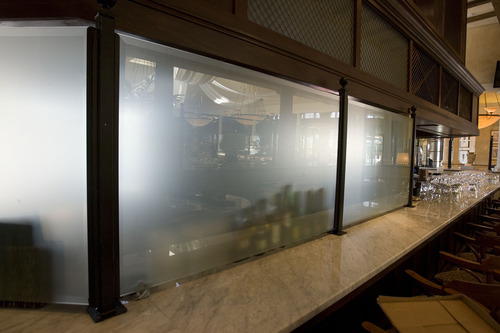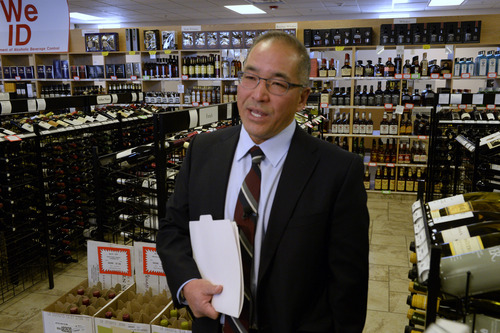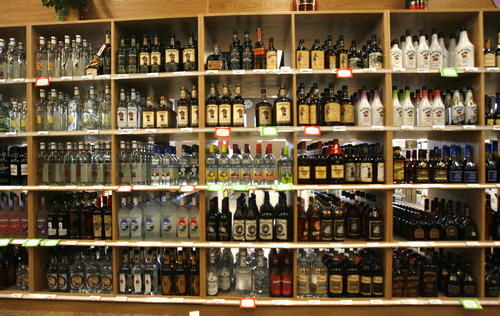This is an archived article that was published on sltrib.com in 2014, and information in the article may be outdated. It is provided only for personal research purposes and may not be reprinted.
Rep. Ryan Wilcox passed a bill two years ago ordering the state to compile an annual volume of data on drinking in Utah. As the first one was released Friday, he said some findings suggest the state's liquor laws aren't working as well as many think.
"Yes, we have the lowest DUI rate in the nation, but there are other studies that indicate that our drinkers are the worst drinkers in the nation" — with higher rates of drunken driving among those who actually do imbibe, for example, he told reporters.
Wilcox, R-Ogden, who is LDS, said the problem in some cases may be laws that are too strict.
For example, he said data show most teens get their drinks at home. He said because Utah liquor stores have limited hours and are often far away, "We have given an economic incentive for people to come in and spend more at once than they would have otherwise."
So, he said, "Mom and Dad have a stash of stuff they might not have otherwise, but they feel like they have to hoard it because it's so difficult to acquire," so "you might be creating a situation where we are actually increasing teen drinking because of our law."
So Wilcox sees the new data volume contributing to more efforts to improve Utah liquor laws, and change what doesn't work. He plans to try again this year to remove the so-called "Zion Curtain," a 7-foot-2-inch barrier designed to shield restaurant patrons, especially children, from seeing alcoholic drinks being prepared or poured in restaurants.
But that's a tall order.
In a relatively rare move, the LDS Church just before the start of the legislative session released a statement and video featuring apostle D. Todd Christofferson defending Utah's liquor laws, including the Zion Curtain. Members of Utah's Legislature are overwhelmingly Mormon.
"We've got a reasonable system and it seems to be working. And I believe the efforts to chip away at this that have gone on for years and years are counterproductive," Christofferson said.
While the new report does not have any data directly relating to the effects of the Zion Curtain, some relate to it tangentially.
For example, data say 78 percent of people report drinking at home or someone else's house, while only about 9 percent drink at a restaurant and about 6 percent at a bar. Also, about 48 percent of Utahns buy alcohol from a state liquor store, 30 percent from a grocery or convenience store and only 9.7 percent from a restaurant.
Asked if that suggests the Zion Curtain may have little to do with preventing a culture of alcohol, Wilcox said, "Yes, sure." Similarly, House Speaker Becky Lockhart, who also is LDS, has said she supports removing the Zion Curtain because she has seen no data that show it is effective in reducing underage drinking or other problems.
Wilcox said the data also could help identify areas where laws might be toughened, as well as loosened. He said the point is to debate policy based on scientific data about what is effective.
"One of the frustrations in alcohol debates in the past is we end up debating everything except for actual data. We debate everything from culture to rumor to myth to history," he said.
The volume released Friday is essentially compiled by numerous state agencies, from the Health Department to the Department of Public Safety:
By the numbers
Other interesting data from the report:
11percent of adult Utahns report binge drinking.
.146 is the average blood alcohol level for people arrested for DUI in 2013, or nearly double the legal limit of .08. The highest recorded was .42, more than five times the legal limit.
13 is the age of the youngest DUI driver, and the oldest was 81. Nearly 12 percent of those arrested were under the legal drinking age of 21, up 40 percent from the previous year.
72 percent of those arrested for DUI were male and 27 percent were female.
—
By the numbers
One-third of Utah high school seniors report they have drunk alcohol.
25-35 is the age range of drivers who accounted for nearly 40 percent of all arrests for DUI.
One -in-seven high school seniors reported having a drink within the last 30 days.









